Redesigned for 2024, the Santa Fe strides confidently into the midsize crossover SUV category, offering seating for up to seven across three rows. Positioned between the larger Palisade and the more compact Tucson, it aims to fill the midsize sweet spot. Its closest three-row rivals include the Kia Sorento and Toyota Highlander, with a broader reach that even competes with off-road-oriented models like the Jeep Grand Cherokee and Honda Passport TrailSport.
DESIGN
The fifth-generation Santa Fe adopts a bold, squared-off aesthetic that makes a striking visual statement, standing out from its predecessor’s subtler design. Inside, the look is just as refined, with this Calligraphy model showcasing a Shimmering Silver exterior and a sophisticated black interior.
With a larger footprint, the new Santa Fe commands attention on the road. Its nearly vertical tailgate, long flat roof, wrap-around window design, chunky fender flares, and unique blocky lighting make it resemble a cross between the Ford Flex and Land Rover Range Rover, or perhaps even a Lego-inspired SUV.
At the front, the hood flows seamlessly into an upright face, marked by creases that lead into vertical bars framing H-shaped headlights. A horizontal bar extends across the grille, creating a distinctive lighting feature that’s unmistakable in a rearview mirror. Below, an H-shaped divider houses active grille shutters and air intakes, while octagonal fenders add muscular definition. Hyundai skips the typical rubber cladding, opting instead for durable glossy black trim that’s easier to maintain and repair over time.
This modular design blends sport and utility, emphasizing the Santa Fe’s adventure-ready spirit, accentuated by 21-inch Calligraphy Exclusive alloy wheels. Integrated into the C-pillars, a grab handle provides leverage for climbing onto the rear tires to secure items on the standard roof rack.
At the back, recessed hinges and low-mounted taillights allow the wide tailgate to open right to the edges, supported by two slender struts. Hyundai claims it’s the widest tailgate in its lineup and in its class, offering exceptional accessibility.
The modular design flows into the cabin, where thoughtful and stylish features abound. Twin 12.3-inch displays curve toward the driver, and metallic vents sit low on the dash. A digital climate control panel connects the console to the dash, with split gloveboxes and a tray for small items positioned conveniently for the front passenger.
In an innovative touch, the top glovebox offers a UV sanitizer—a useful feature for today’s drivers. Hyundai also moves the electronic gear shifter to the steering column, creating more space on the tiered console. Wood trim contrasts against metallic buttons and available Nappa leather, embossed with the Santa Fe’s checkerboard H pattern, adding a sophisticated finish to the cabin.
PERFORMANCE
The new Santa Fe lineup now offers two engine options, dropping the base engine and plug-in hybrid, both providing solid, if not thrilling, power. While it’s not aimed at sporty handling, the ride is smooth and composed. Most trims come with standard front-wheel drive, with all-wheel drive included on the XRT model and optional on other trims along with a locking center differential. Our test vehicle featured this AWD setup.
With its larger dimensions, the Santa Fe’s weight increases by around 700 pounds in total and by 400-500 pounds for comparable engines. This means last year’s base 191-hp 2.5-liter inline-4 has been replaced by a more powerful 2.5-liter turbo-4, now the standard engine, which delivers 277 hp and 311 lb-ft of torque through an 8-speed dual-clutch automatic.
Though this turbo-4 works well in models like the Genesis G70 and Hyundai Sonata N Line, it feels moderate here, with a 0-60 mph time of about eight seconds—enough for daily driving without pushing limits. The 8-speed dual-clutch transmission is mostly smooth but can feel hesitant at low speeds, which Sport mode helps by holding gears longer.
The Santa Fe’s suspension uses a MacPherson strut in front and a multi-link rear, with hydraulic bushings for improved damping. Ride quality is excellent, remaining smooth even on the Calligraphy’s 21-inch wheels. Its larger, boxier shape does introduce some body roll, giving it a big-SUV feel, while the 13.7:1 steering ratio adds stability and reassuring weight.
VERDICT
Hyundai’s 2024 Santa Fe Calligraphy 2.5T AWD presents a striking aesthetic and comes in at an MSRP of $48,300, reaching a total price of $49,905.
Strengths: A striking, blocky design reminiscent of a Land Rover Range Rover, paired with a smartly designed interior and a layout that makes efficient use of space.
Weaknesses: Mostly carried-over engines and suspension, with a price tag that can climb quickly.

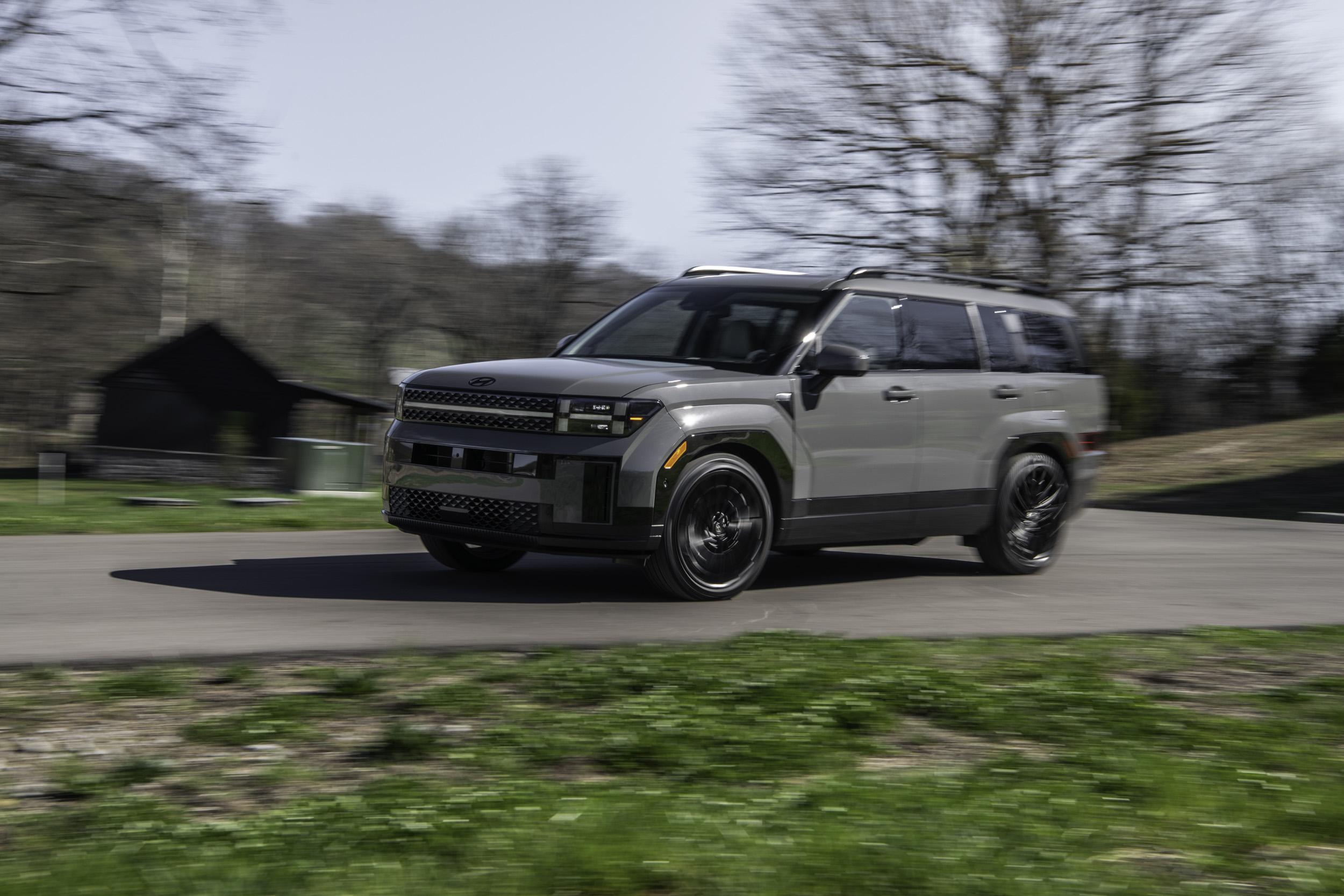
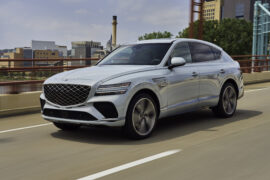
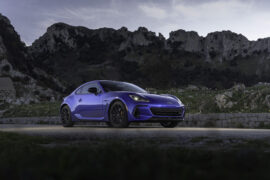
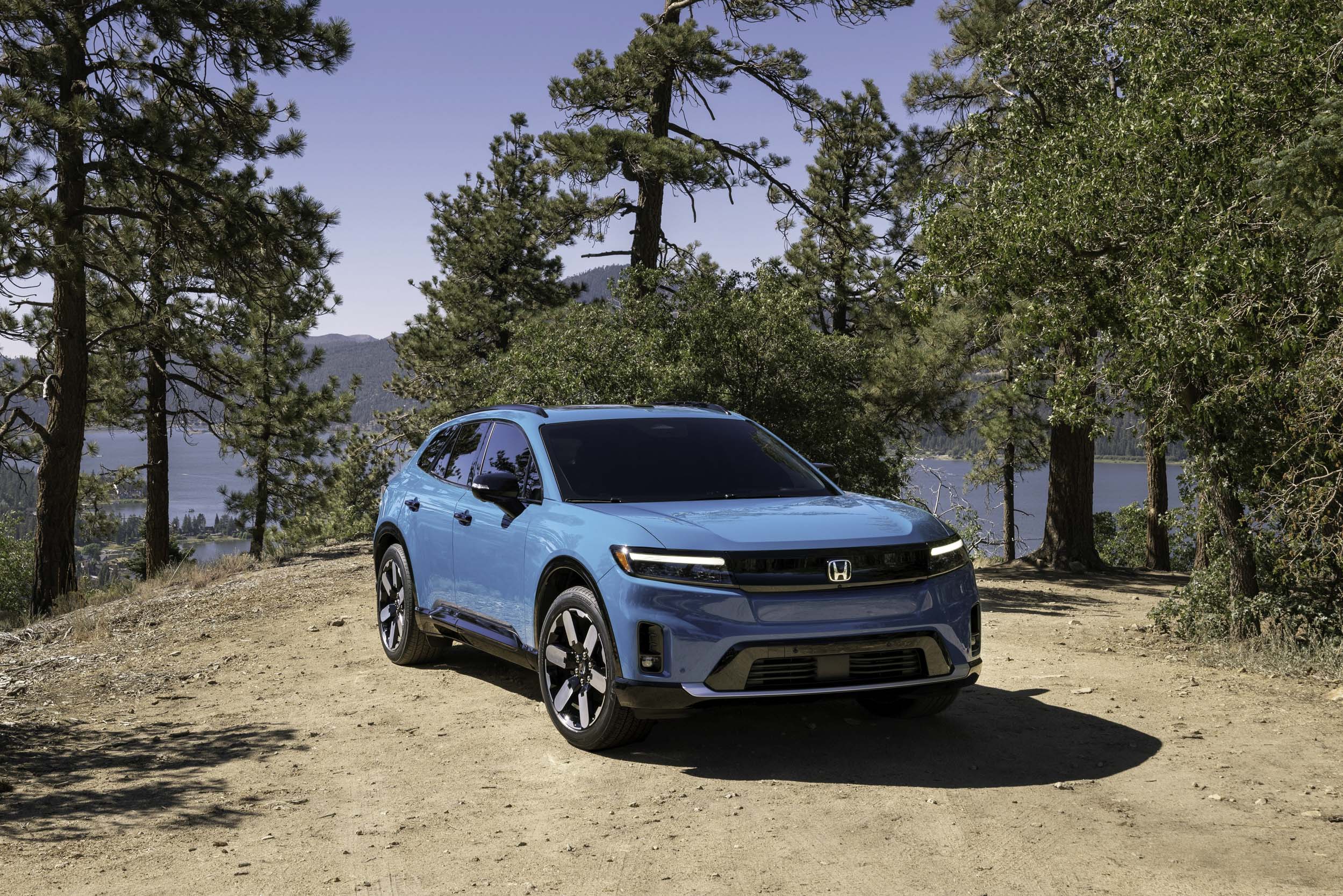
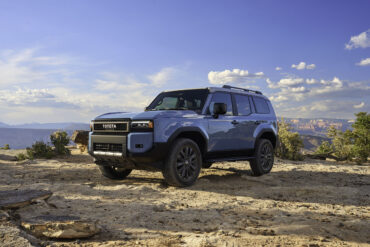
You need to take part in a contest for among the finest blogs on the web. I’ll advocate this site!